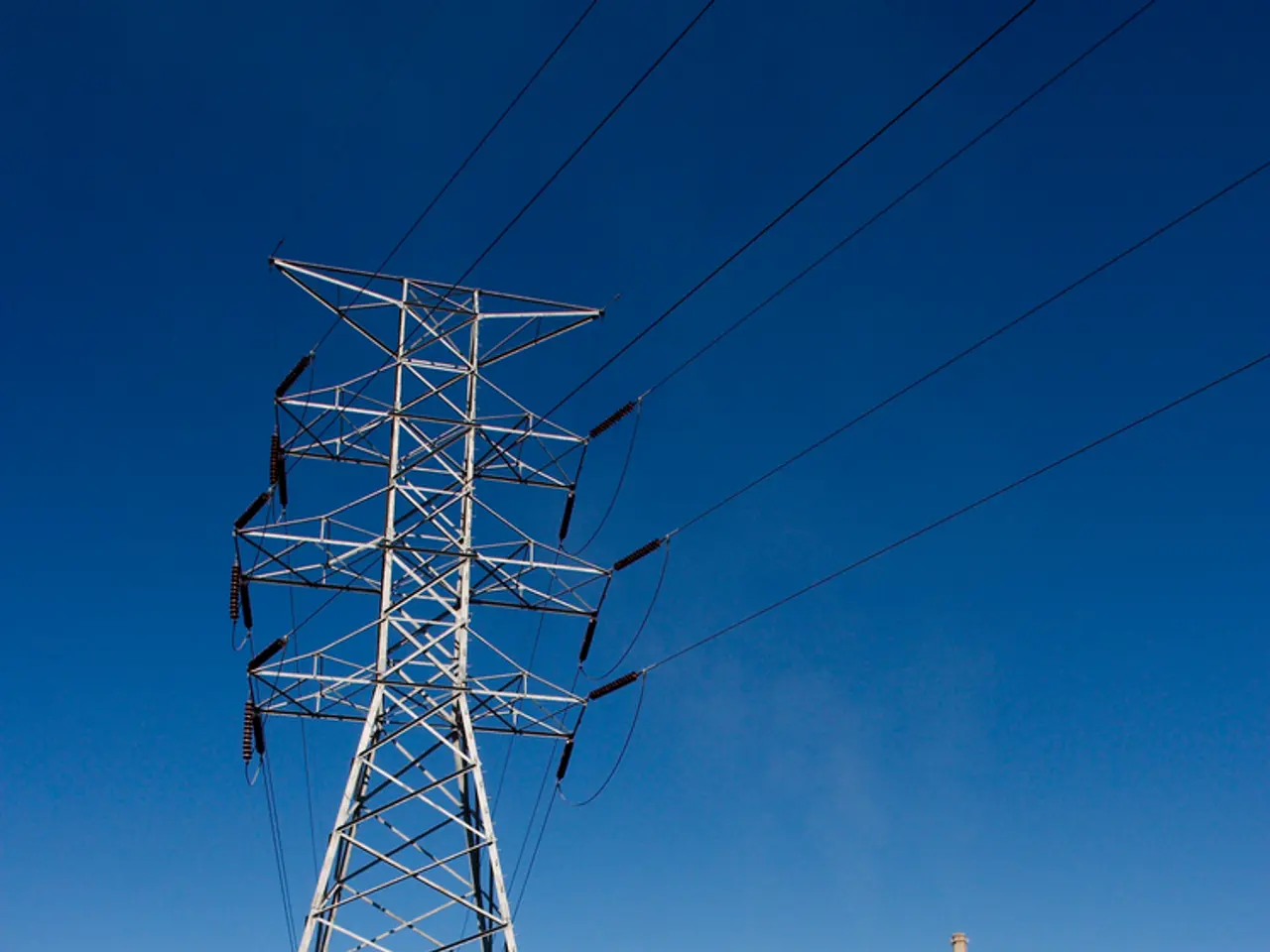North-South debate on electricity pricing reform: Is it less expensive in the northern regions? - Controversy regarding energy policy revision: is northern region witnessing lower electricity prices compared to the south?
Germany Debates Splitting Power Price Zones Amid Grid Congestion and Renewable Energy Expansion
Germany is grappling with a contentious debate over whether to maintain a unified electricity market zone or split it into regional price zones that reflect grid bottlenecks. The current power trading system, which applies the same wholesale prices throughout Germany, has been a point of contention due to the growing mismatch between wind power generation in northern Germany and electricity demand in the south.
Arguments for Dividing Price Zones
Supporters of regional price zones argue that they would better reflect regional grid congestion and transmission constraints, currently causing inefficient use of northern wind energy and costly activation of reserve thermal plants in the south. The zoning system could send more accurate price signals that could incentivize localized renewable investments and demand-side management.
Moreover, Germany's structure could be aligned with neighbouring countries like Sweden, which has multiple price zones to address internal grid bottlenecks more precisely. The potential benefits also include reduced redispatch costs linked to moving power over congested lines and enabling more efficient grid operation and investment planning.
Arguments Against Dividing Price Zones
Opponents of regional price zones express concerns about higher electricity prices in the industrial-heavy southern regions, which could negatively affect competitiveness and economic activity. Political and social concerns about regional price disparities within Germany also play a significant role in the opposition.
The government's priority is grid expansion projects, such as HVDC lines planned for completion by 2027, to relieve bottlenecks and maintain a unified market.
Impacts of Dividing Price Zones
If price zones are divided, renewable energy integration could potentially be accelerated due to more accurate locational signals. Grid congestion management would also improve, reducing costly redispatch and enhancing efficient grid use. However, electricity prices in southern Germany may increase, causing economic dislocations. The emphasis on large-scale grid infrastructure investments may shift towards clearer price signals for relieving congestion or boosting local generation.
The debate on price zones is intertwined with grid expansion strategies and the overarching goal of reaching 80% renewable electricity consumption by 2030. Germany faces a major grid upgrade challenge, with about 14,000 km of new transmission lines needed by 2045 and significant costs for integrating renewables and electrification infrastructure.
Notable figures in the debate include Bavaria's Minister President Markus Söder (CSU) and Baden-Württemberg's head of government Winfried Kretschmann (Greens), who jointly oppose the proposal for different power price zones. Hamburg's First Mayor Peter Tschentscher, on the other hand, believes that different power trading zones would be a strong market-based incentive for regional expansion of power grids and renewable power production.
In summary, while dividing price zones could provide better price signals and reflect regional grid realities, it risks raising costs in the south and causing economic dislocations. The government's current stance favors maintaining a unified zone supported by ongoing high-voltage grid expansions to address congestion. This balance represents the tension between market reform for efficiency and concerns about economic competitiveness in Germany's energy transition context.
[1] Federal Ministry of Economics and Energy [2] Agora Energiewende [3] German Federal Association of Energy and Water Industries (BDEW) [4] German Energy Agency (dena)
1.EC countries, particularly Germany, are facing a debate about splitting the electricity market into regional price zones, with renewable energy expansion being a significant factor.
2.Dividing the price zones would better reflect grid congestion and transmission constraints, resulting in more accurate price signals that could incentivize regional renewable investments and demand-side management.
3.Some oppose the zoning system, expressing fears of higher electricity prices in the industrial southern regions, which could negatively affect the finance and competitiveness of the renewable-energy industry.
4.Energy policy-and-legislation, politics, general-news, and the agencies like the Federal Ministry of Economics and Energy, Agora Energiewende, German Federal Association of Energy and Water Industries (BDEW), and German Energy Agency (dena) are closely monitoring this debate, as it intertwines with grid expansion strategies and the goal of reaching 80% renewable electricity consumption by 2030.




